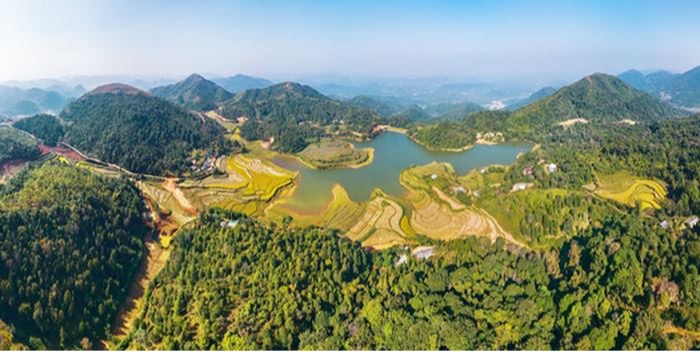On April 17, UNESCO officially announced the addition of 16 new Global Geoparks, including the UNESCO Global Geopark Lang Son of Vietnam.
Earlier, on September 8, 2024, during the 8th International Conference of the UNESCO Global Geoparks Network for the Asia-Pacific region, held in Cao Bang City, Cao Bang Province, the UNESCO Global Geoparks Council met to evaluate and vote for the recognition. Based on decades of research, investigations, and field surveys, domestically and internationally scientists have affirmed that Lang Son Province possesses all the values of global significance necessary to become a Global Geopark.
The recognition of Lang Son Geopark as a UNESCO Global Geopark is of great significance to the province's sustainable tourism development strategy. Not only does it help connect Lang Son with a global network of UNESCO Global Geoparks partners, but this title also contributes positively to Sustainable Development Goals. It is also a strong impetus, opening up more opportunities for the province to mobilize resources and focus on investments in management, conservation, and the promotion of geological, cultural, historical, archaeological, and biodiversity heritage values, as well as scenic landmarks in the area.
 Lang Son UNESCO Global Geopark possesses many distinctive, outstanding values with the potential to contribute positively to conservation programs. Photo: Lang Son Geopark.
Lang Son UNESCO Global Geopark possesses many distinctive, outstanding values with the potential to contribute positively to conservation programs. Photo: Lang Son Geopark.The UNESCO Global Geopark Lang Son possesses many distinctive, typical, and outstanding values, with the potential to contribute positively to the conservation and promotion program of the Global Geoparks system.
Lang Son Geopark covers the entire administrative area of the districts of Bac Son, Chi Lang, Huu Lung, Loc Binh, Van Quan, Lang Son City, and part of the administrative boundaries of the districts of Binh Gia and Cao Loc, with a total area of about 4,842.58 km². The population of the entire Geopark area is estimated at approximately 627,500 people, accounting for about 78% of the province's total population. This is a multi-ethnic region, a cultural convergence and interaction of seven main ethnic groups: Nung, Tay, Kinh, Dao, Hoa, San Chay, and Mong.
This area is home to a rich and unique ecosystem, notably the Huu Lien Nature Reserve, which spans 8,293.4 hectares. Within this reserve, 794 species of vascular plants from 162 families have been recorded, including 31 species listed in Vietnam's Red Book. The area is also home to 57 species of mammals, 23 species of reptiles, and 14 species of amphibians.